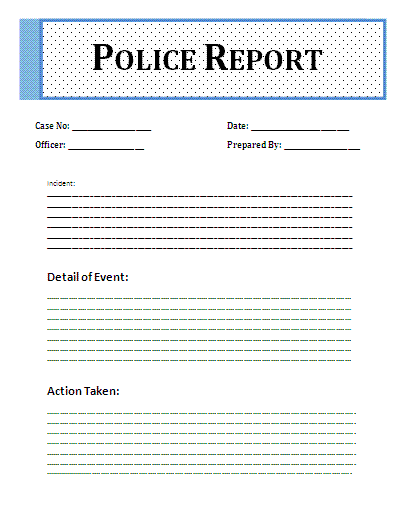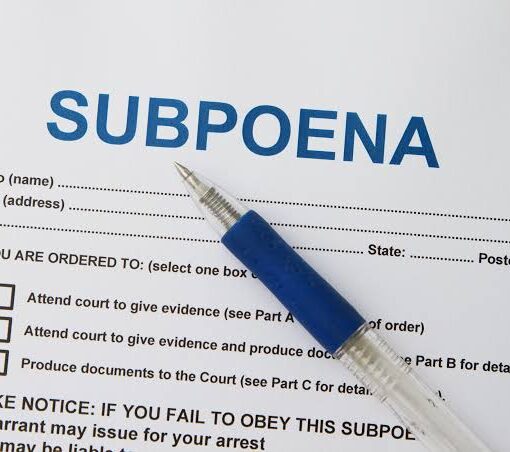Custody release, in a legal context, refers to the process by which an individual who has been detained or arrested is freed from custody, either temporarily or permanently, pending the resolution of their legal case. This can occur at various stages of the legal process, and the specifics can vary based on the jurisdiction and the nature of the case. To provide an excellent and detailed answer, let’s explore the concept of custody release in depth.
1. Arrest and Initial Detention:
When a person is arrested, they are taken into custody by law enforcement. This is typically the initial stage of the legal process. During this time, they may be held in a police station, jail, or detention facility.
2. Booking Process:
After arrest, the individual goes through a booking process, which involves recording their personal information, fingerprints, and photographs. They are also informed of their rights, including the right to remain silent and the right to an attorney.
3. Bail and Bond:
Custody release often involves the posting of bail or bond. Bail is a sum of money set by a judge that the arrested person or their family can pay to secure their release. This acts as a financial guarantee that the individual will appear in court for their scheduled hearings. Bond, on the other hand, typically involves the services of a bail bondsman who charges a fee (a percentage of the bail amount) to post bail on behalf of the defendant.
4. Types of Custody Release:
There are different types of custody release:
– Own Recognizance (OR): In some cases, individuals are released on their own recognizance, meaning they promise to appear in court without posting bail or bond.
– Cash Bail: This involves paying the full bail amount in cash.
– Property Bond: Property, such as real estate, can be used as collateral for bail.
– Release on Citation: For minor offenses, individuals may be released with a citation, which is a written notice to appear in court on a specified date.
5. Conditions of Release:
When someone is released from custody, there may be conditions attached. These can include restrictions on travel, mandatory check-ins with law enforcement, or requirements to attend counseling or treatment programs, especially in cases involving drug or alcohol-related offenses.
6. Pretrial Detention:
If an individual is unable to post bail or bond, they may remain in custody until their trial. This can lead to pretrial detention, which can be a prolonged period of incarceration before the case is resolved.
7. Release After Trial:
After a trial, a person can be released if they are acquitted (found not guilty). If they are convicted, their sentence may involve further custody, but the time already served in pretrial detention may be considered as part of their sentence.
In summary, custody release is a crucial aspect of the criminal justice system that balances the rights of individuals with the need to ensure their appearance in court and the safety of the community. It allows those accused of crimes to continue their lives outside of custody while their legal matters progress. The specific procedures and conditions of custody release can vary widely based on legal jurisdiction and the nature of the case.
RELATED:
Case closed vs. Case dismissed: The Difference Between Case Closed and Case Dismissed
Case Status Closed: What It Means And Can It Be Reopened?
Does A No Contact Order Go Both Ways? Know The Law
Frequently Asked Questions
1. What factors do judges consider when setting bail or bond?
When determining the amount of bail or whether to grant bond, judges take various factors into account, including:
– Severity of the Offense: More serious crimes may result in higher bail amounts.
– Flight Risk: Judges assess the Oi zon. Those with strong ties to the community are often considered lower flight risks.
– Criminal History: A defendant’s prior criminal record can influence bail decisions.
– Community Safety: Judges consider whether the defendant poses a risk to the community if released.
– Financial Resources: The defendant’s ability to pay bail or bond is also taken into consideration.
2. Can bail be denied altogether?
Yes, in some cases, bail can be denied. If a judge believes that releasing the defendant would pose a significant flight risk, a danger to the community, or a risk of tampering with evidence, they may deny bail. This often occurs in cases involving heinous crimes, repeat offenders, or individuals with a history of not appearing in court.
3. What happens if someone can’t afford bail or bond?
If a defendant cannot afford bail or bond, they may remain in custody until their trial. This can have significant consequences, including the loss of employment, housing, and disruption of family life. In response to this issue, some jurisdictions have implemented reforms to reduce pretrial detention for low-risk defendants who cannot afford bail.
4. Are there alternatives to monetary bail?
Yes, there are alternatives to monetary bail. Some jurisdictions have implemented pretrial services programs that provide alternatives to detention, such as electronic monitoring, mandatory check-ins with a pretrial officer, or participation in community-based programs. These alternatives aim to ensure the defendant’s appearance in court while reducing the reliance on bail.
5. Can bail conditions be modified after they are set?
Yes, bail conditions can be modified. If circumstances change, such as the defendant’s financial situation or the availability of new evidence, either the prosecution or defense can request a bail modification hearing. The judge will then consider the new information and may adjust the conditions of release accordingly.
In summary, custody release involves a complex set of procedures and considerations, and the specific details can vary depending on the jurisdiction and the nature of the case. Judges carefully assess various factors when setting bail or bond, with the goal of balancing the rights of the accused with the interests of justice and community safety. While bail is a common method of securing custody release, there are alternatives, and bail conditions can be modified if circumstances warrant it. Ultimately, custody release is an important aspect of the legal process that ensures individuals have the opportunity to address their charges while also upholding the principles of justice.
Last updated on: April 25, 2024




